文章目录
- 1 概述
- 1.1 第三方库:mysql-connector-python
- 1.2 可视化工具:navicat
- 1.3 创建测试数据库
- 2 连接 mysql 数据库
- 2.1 创建一个连接
- 2.2 捕获连接异常
- 2.3 从配置文件中获取连接信息
- 3 执行 sql 语句
- 3.1 插入、更新、删除
- 3.2 查询
1 概述
1.1 第三方库:mysql-connector-python
pip install mysql-connector-python
1.2 可视化工具:navicat

1.3 创建测试数据库

-- 创建数据库
create database python_demo DEFAULT CHARSET utf8 COLLATE utf8_general_ci;
-- 创建测试表
create table python_demo.student(
sno int unsigned auto_increment comment '学号',
sname varchar(30) not null comment '姓名',
age int comment '年龄',
birthday date comment '出生日期',
primary key(sno)
) engine=innodb default charset=utf8 comment '学生信息表';
2 连接 mysql 数据库
2.1 创建一个连接
import mysql.connector
# 配置连接信息
conn = mysql.connector.connect(
host='127.0.0.1',
port='3306',
user='root',
password='12345',
database='python_demo'
)
# 当前 mysql 版本号
print(conn.get_server_version())
2.2 捕获连接异常
import mysql.connector
from mysql.connector import errorcode
try:
# 配置连接信息
conn = mysql.connector.connect(
host='127.0.0.1',
port='3306',
user='root',
password='12345',
database='python_demo'
)
# 当前 mysql 版本号
print(conn.get_server_version())
# 捕获异常
except mysql.connector.Error as err:
if err.errno == errorcode.ER_ACCESS_DENIED_ERROR:
print('账号或密码错误!')
elif err.errno == errorcode.ER_BAD_DB_ERROR:
print('数据库不存在!')
else:
print(err)
else:
# 关闭连接
conn.close()
2.3 从配置文件中获取连接信息
目录结构:
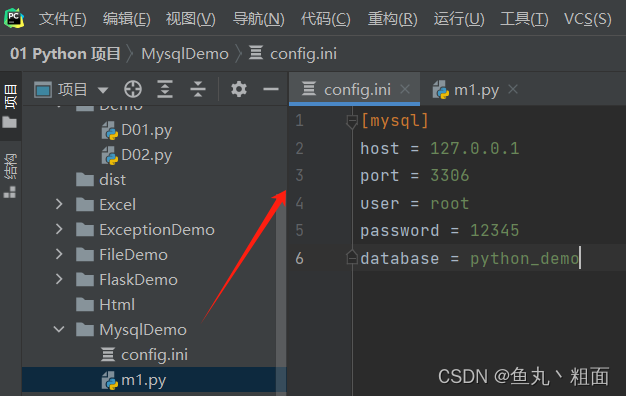
config.ini:
[mysql]
host = 127.0.0.1
port = 3306
user = root
password = 12345
database = python_demo
m1.py:
import mysql.connector
from mysql.connector import errorcode
import configparser
# 创建配置解析器对象
config = configparser.ConfigParser()
# 读取配置文件
config.read('config.ini')
try:
# 配置连接信息
conn = mysql.connector.connect(
host=config.get('mysql', 'host'),
port=config.get('mysql', 'port'),
user=config.get('mysql', 'user'),
password=config.get('mysql', 'password'),
database=config.get('mysql', 'database')
)
# 当前 mysql 版本号
print(conn.get_server_version())
# 捕获异常
except mysql.connector.Error as err:
if err.errno == errorcode.ER_ACCESS_DENIED_ERROR:
print('账号或密码错误!')
elif err.errno == errorcode.ER_BAD_DB_ERROR:
print('数据库不存在!')
else:
print(err)
else:
# 关闭连接
conn.close()
3 执行 sql 语句
3.1 插入、更新、删除
execute():用来执行 sql 语句,如:增删改查,存储过程等commit():用来提交事务
import mysql.connector
# 配置连接信息
conn = mysql.connector.connect(
host='127.0.0.1',
port='3306',
user='root',
password='12345',
database='python_demo'
)
# 创建游标对象
cursor = conn.cursor()
# 操作数据:插入、修改、删除 同理,注:数据类型均可用 %s
# 操作一条数据
sql = 'insert into student(sname, age, birthday) values(%s, %s, %s);'
param = ('张三', '18', '1994-12-08')
cursor.execute(sql, param)
# 操作多条数据
sql = 'insert into student(sname, age, birthday) values(%s, %s, %s);'
param = [('李四', '20', '1992-10-05'),
('王五', '16', '1996-05-26'),
('赵六', '08', '1994-05-26')]
cursor.executemany(sql, param)
# 提交数据
conn.commit()
# 关闭游标和数据库连接
cursor.close()
conn.close()
3.2 查询
import mysql.connector
# 配置连接信息
conn = mysql.connector.connect(
host='127.0.0.1',
port='3306',
user='root',
password='12345',
database='python_demo'
)
# 创建游标对象
cursor = conn.cursor()
# 查询数据
sql = 'select sno, sname, age, birthday from student where sno >= %s'
param = (1,)
cursor.execute(sql, param)
result = cursor.fetchall()
# 打印结果
for row in result:
print(row)
# 关闭游标和数据库连接
cursor.close()
conn.close()
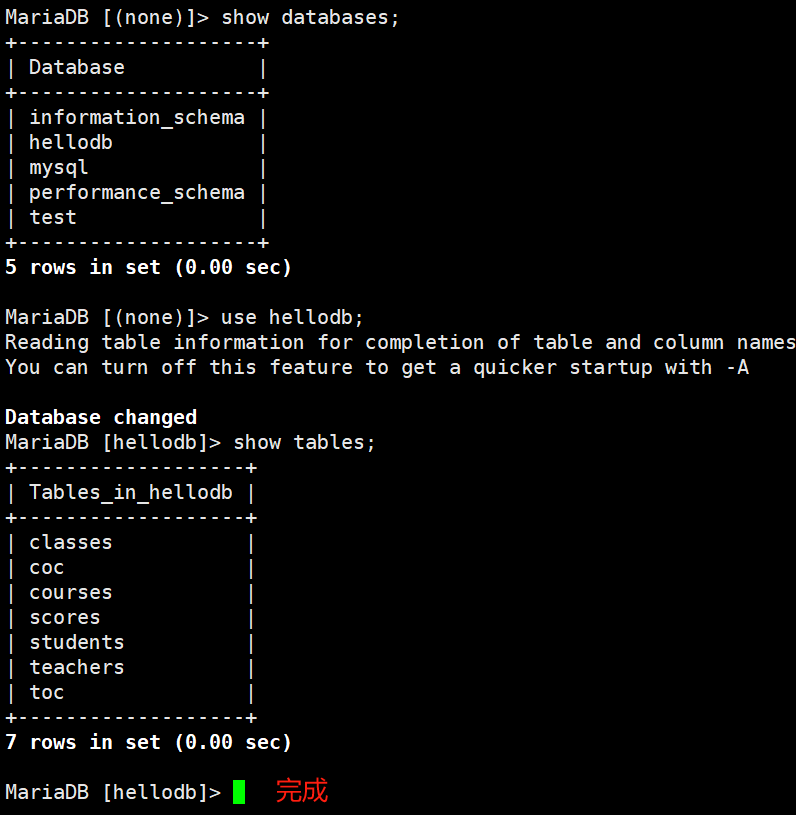

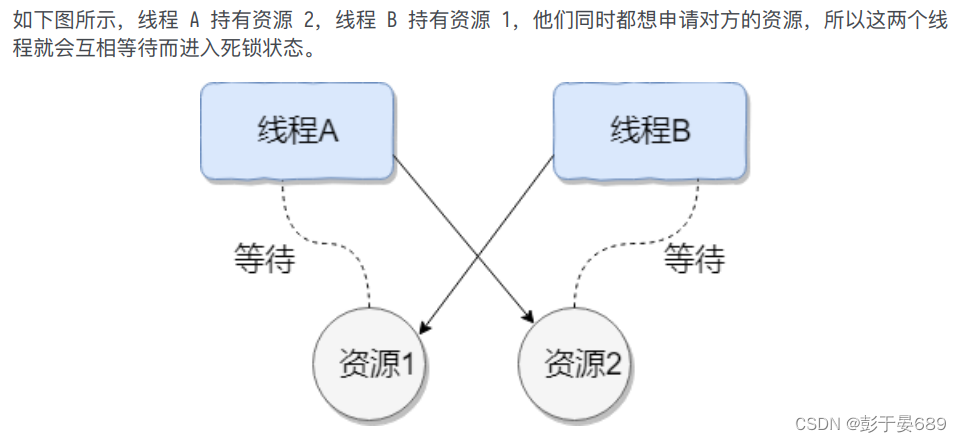


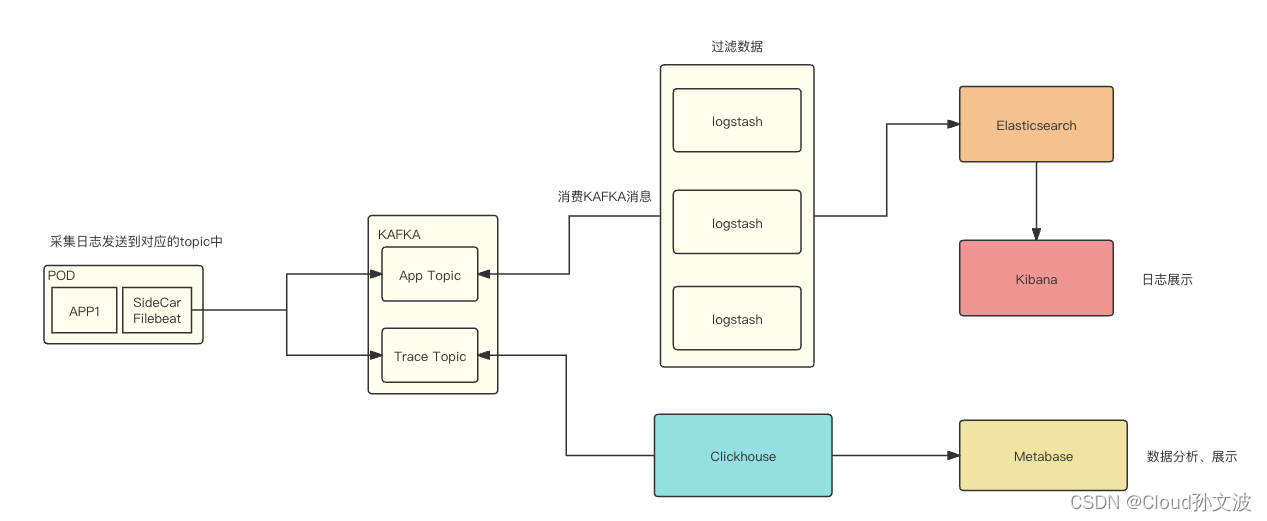
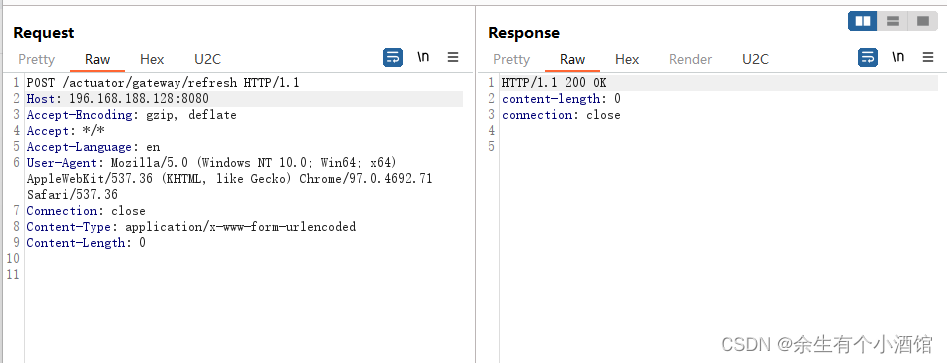
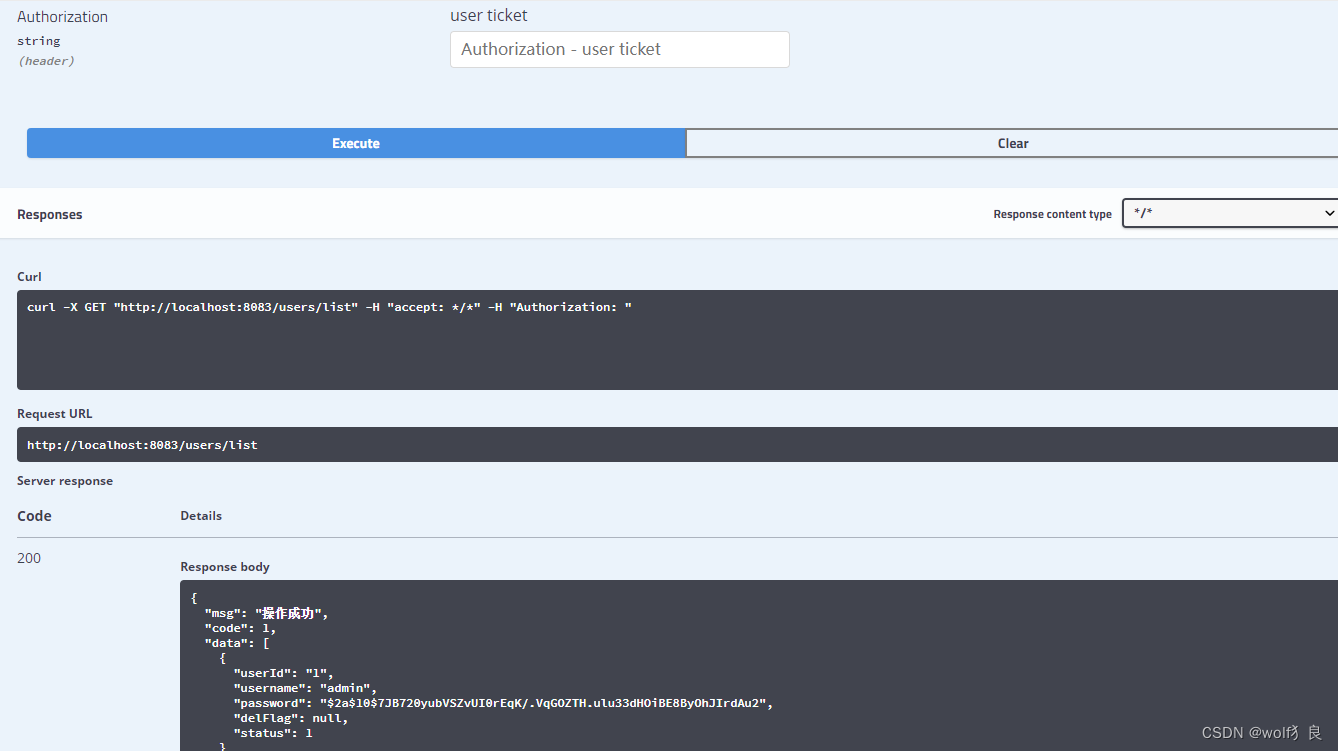


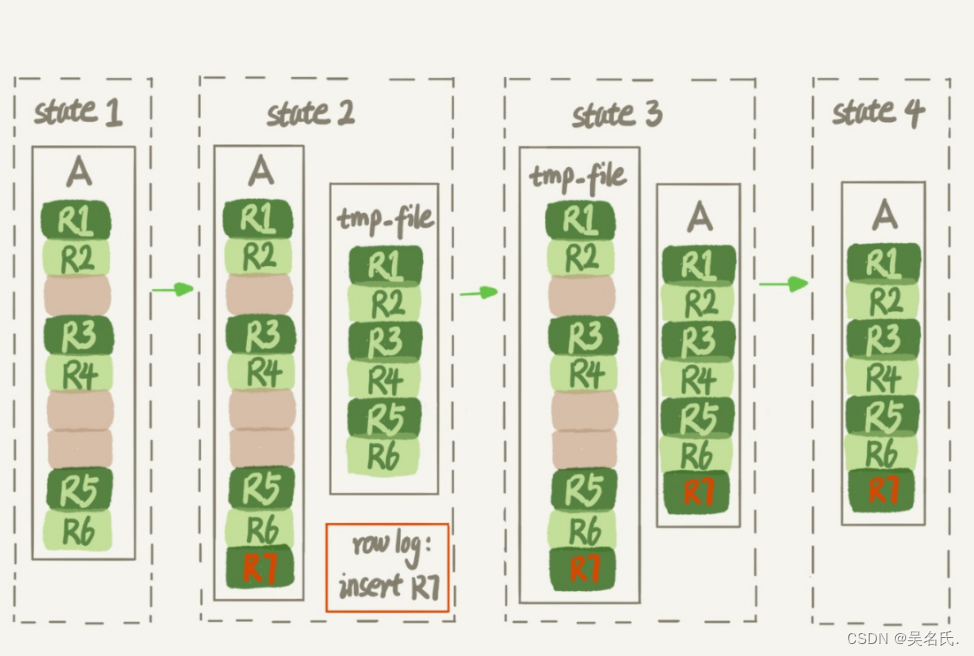





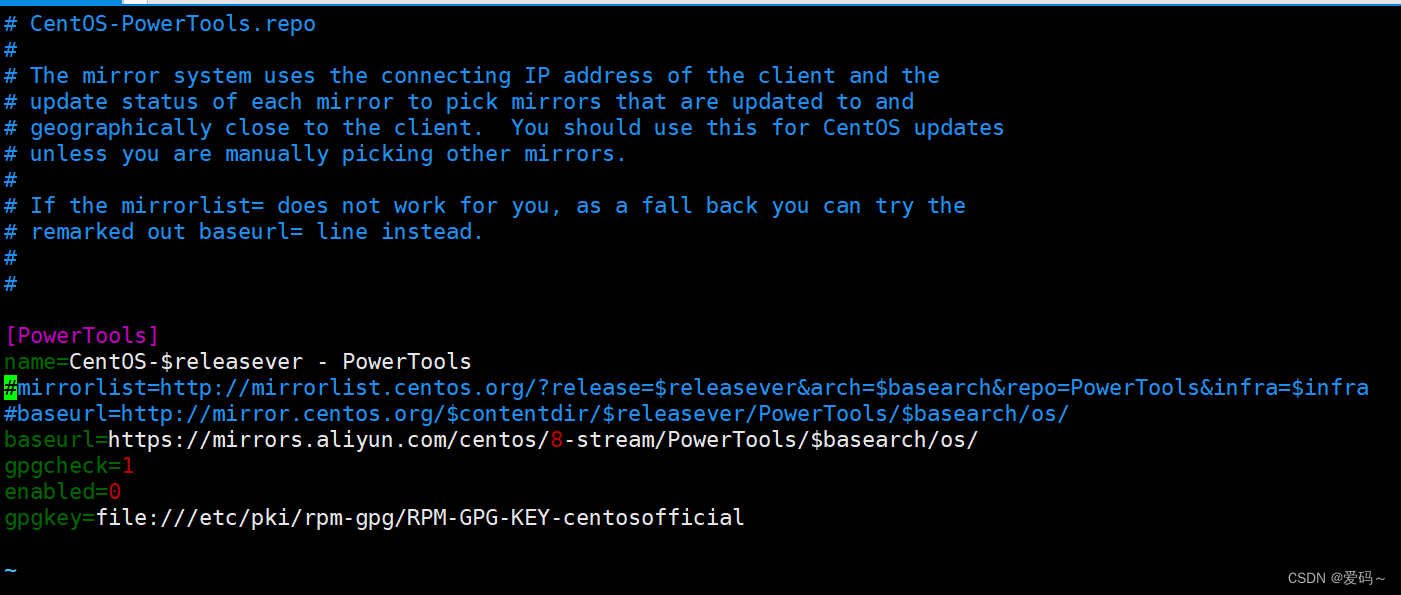

![[文本挖掘和知识发现] 03.基于大连理工情感词典的情感分析和情绪计算](https://img-blog.csdnimg.cn/20200809125022536.png?x-oss-process=image/watermark,type_ZmFuZ3poZW5naGVpdGk,shadow_10,text_aHR0cHM6Ly9ibG9nLmNzZG4ubmV0L0Vhc3Rtb3VudA==,size_16,color_FFFFFF,t_70#pic_center)